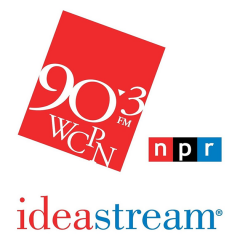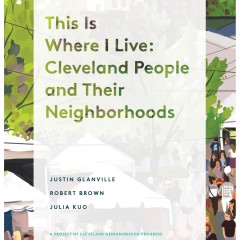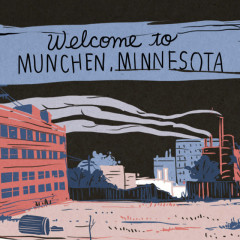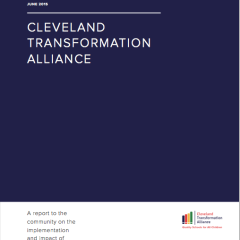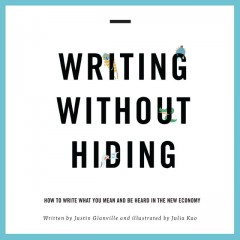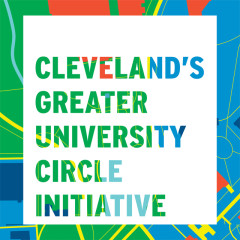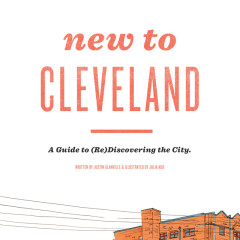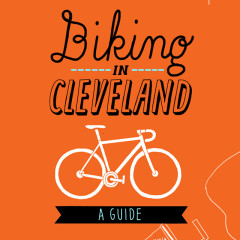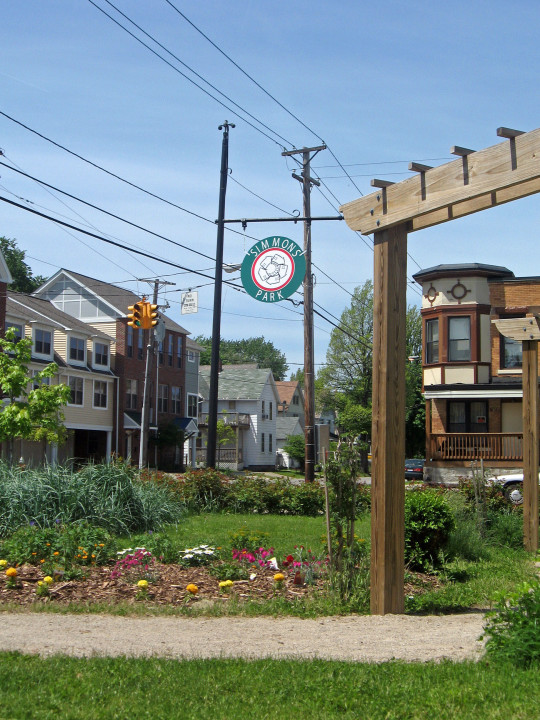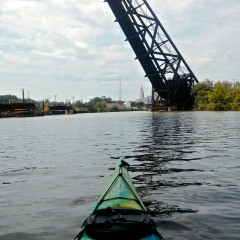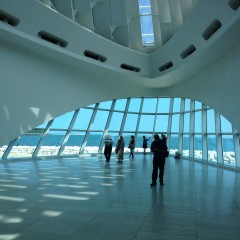The other day, after a work meeting, I walked through Washington Park in Cincinnati, on the edge of the city’s Over the Rhine district. A couple of work colleagues joined me.
The six-acre park has just been redone, so it has sleek new benches and green green lawns and glass-and-hardwood bathroom huts. The weather’s beautiful: Cool air and sunshine.
On the sidewalk, in multi-color chalk, someone’s chalked inspirational quotes from the likes of Ralph Waldo Emerson and Mahatma Ghandi. “The best way to find yourself is to lose yourself in the service of others,” reads the one by Ghandi, in purple.
“Losing yourself” is also what a great urban park invites us to do. We may not be directly helping others when we stroll through a park, but the openness gives us a break from the hallmarks of contemporary urbanity: computer screens and phones and cars and the anxious, self-conscious behavior that all of those things invite.
Scientists have well-documented the benefits of filling our sights with green leaves instead of blue light. Somehow looking at leaves and flowers and dappled sunlight lets our brains relax, relieves our most anxious, existentially-tortured thoughts.
A man smiles as he passes me and my colleagues. Our eyes briefly meet. “We’re lucky to be here,” seems to be the mutual, unspoken thought.
#
This lovely if fleeting experience got me thinking about what makes city parks work.
There are all kinds of them, some more successful than others. There are “active” parks, full of programmed spaces and activities. There are “passive” parks, the kind full of trees and trails and open lawns.
There are small parks and big parks. Parks that cater to kids, with lots of playground equipment and painted murals, and those that are more adult, with benches for lunch. There are green parks and purple parks, artsy parks and corporate-plaza parks.
But I think the one thing that sets successful parks apart is that they’re in some way immersive. They offer a visual experience different enough from a person’s immediate surroundings — and activities different enough from his or her daily routine — to make a visit worthwhile.
That’s why a lot of pocket parks have never done much for me. In Cleveland, where I live, we have a lot of these. Many are well-intentioned attempts to make use of property that’s become vacant through demolition. But a city lot or two can’t provide a big enough space — can’t provide a big enough vista or dense enough foliage — to take me out of the realm of the familiar. I’m still too close to the sidewalks and streets and buildings that make up my “everyday” experience of the city.
I never see anyone else hanging out in pocket parks, either, so I’m guessing I’m not alone in these feelings. They’re more cosmetic than useful, almost like extensions of private front yards — pleasant enough to look at, but not inviting.
So what does make an urban park immersive? I can think of three main ingredients:
1. It has to be big enough that you feel removed from the sidewalks and buildings of the city.
2. The “look” of the park must be different enough from the surrounding urban streetscapes that it offers a clearly distinct experience. This could mean a greater density of trees, unique landscaping, public art, outdoor “furniture,” or a combination of all of the above.
3. It must offer an activity or activities we can’t readily find elsewhere. Preferably, these activities will be types of Play — not just actual playgrounds, though that’s of course one example. Look at the (in)famous Millennium Park in Chicago. With its performances spaces, famous mirrored bean and funky bridges, the place is basically an all-ages amusement park. Washington Park in Cincinnati provides a similar mix, at perhaps a more human scale.
Then, bonus! If a park provides manages to be immersive enough to attract people, it then offers a secondary immersive characteristic: Its popularity gives us a chance to people-watch. The prospect of seeing other people, but not having to directly engage with them, is a chief pleasures of the city. Successful parks offer a kind of liminal zone of sociability, where one can be public and private at the same time.
Immersive urban parks can be among our most effective tools for keeping people in cities. Manhattan probably wouldn’t be anywhere near as desirable as it is without Central Park. In Cleveland, modest Lincoln Park in the Tremont neighborhood has been an underrated component in that neighborhood’s rebirth. (Obvious caveat: The park has to be well-managed. Even Central Park became a liability in the 1970s and 1980s when the city couldn’t afford to maintain and police it to high standards.)
After all, a desire for “green space” is one of the primary things that drives people to live in suburbs or exurbs. A large suburban backyard can mimic the immersive experience that a great park provides, but it will never be able to offer the diversity of uses or the opportunity to people-watch that great urban parks do.
#
In its current incarnation, Washington Park still feels a bit too spiffy to be totally immersive. With its young trees and spanking new street furniture, it’s always screaming at you that you’re in An Important Urban Park, designed by Important Landscape Architects.
But there’s no doubt that it’s on its way. In a couple of years, as the foliage matures and the benches take on the patina of use, this place will provide exactly the kind of refuge that city dwellers need — without the isolation of a backyard.
As I and my colleagues left the park to venture back into the city, I was ready once more for coffee shops and computers and meetings. I’d had a chance, for a few precious minutes, to forget them.

